How to create the perfect travel itinerary
If you’ve read my recent ‘Why I'm going to Turkey alone this summer’ article, you’ll know that in a week’s time, I’ll be jetting off on the trip of a lifetime. I’ve made all the necessary preparations – booked all my flights, chosen all my hostels, arranged my e-Visa, etc. – but one thing that I have yet to start on is my travel itinerary. There are, of course, some things that I already know I’ll be doing: I won’t, for example, be visiting Pamukkale without paying a trip to the world-famous travertines. However, a lot of my planning remains to be done, so while to-do lists are on my mind, I thought I’d write a post giving you some of my tips and tricks for writing your own!

Do your research
It goes without saying that, if you want to find out which sights and attractions you ought to be visiting in any particular place, it’s a good idea to do a bit of research. I tend to do use of online resources for this: travel forums like TripAdvisor, blogging platforms like Erasmusu, and, a lot of the time, just my good old pal, Google. When I do resort to search engines, I make sure to use terms like ‘hidden secrets’ and ‘local favourites’: that way, I get to venture off the beaten track a bit, and explore places that aren’t ridden with tourists.
I also like to make use of guidebooks, especially when I’m going off on longer trips. The recommended retail price of these publications tends to be on the higher end of the scale, so I usually buy mine second-hand from charity shops. This does sometimes result in their being a little outdated, but with a bit of extra online research, it’s easy to avoid getting caught out by this.
Finally, I always make sure to ask friends and family for advice. My parents actually went to Turkey for their honeymoon – maybe interest in the country is hereditary?! – so my mother has been giving me all sorts of useful travel tips. If you know anyone who lives in the places you’ll be visiting, be sure to drop them a line before your trip. They’ll be able to recommend lots of great spots and may even offer you a free tour around their part of the town!
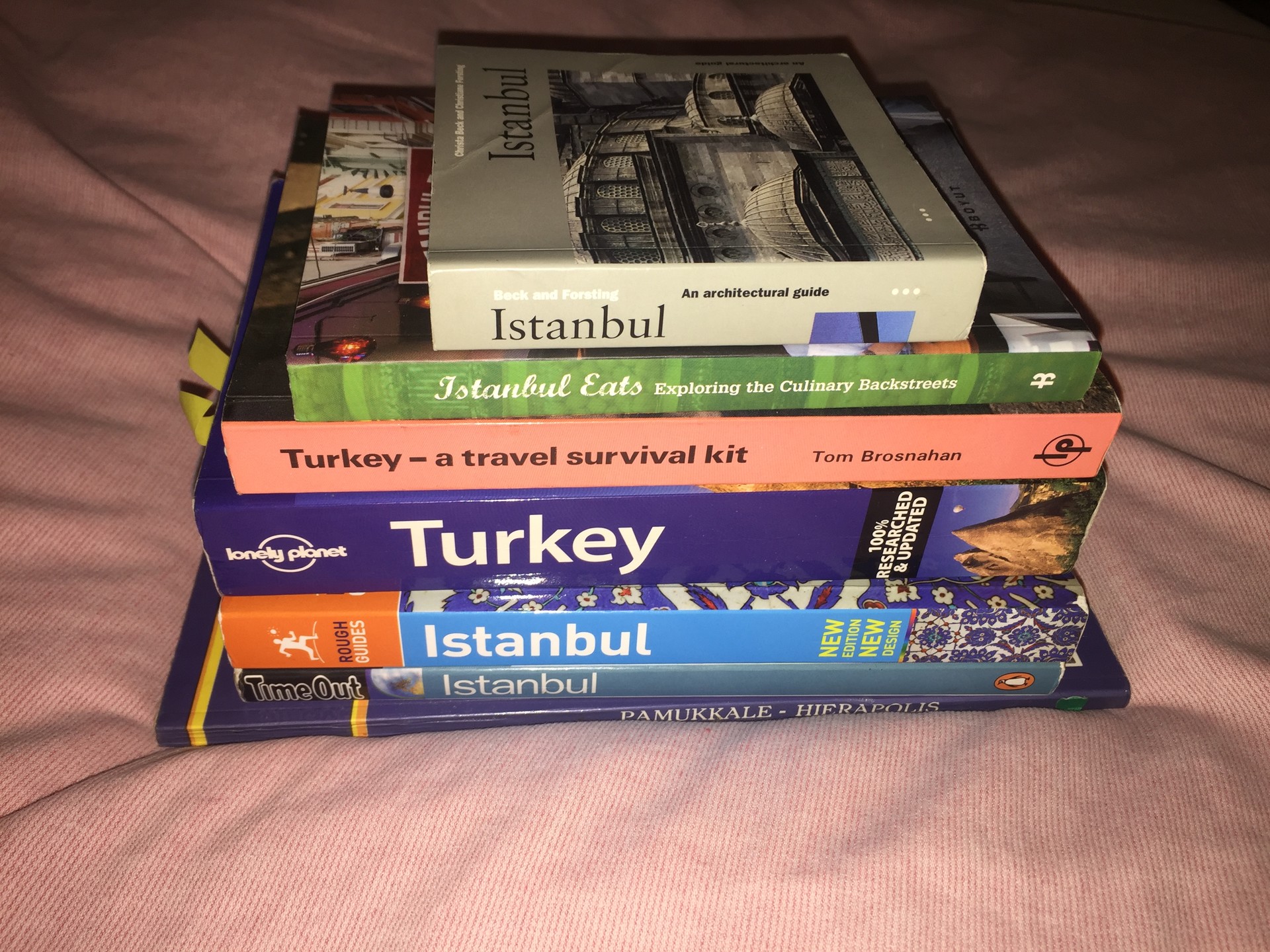
Think about your budget
Before any trip, it’s important to fix a budget for yourself. You can, of course, go slightly over if necessary, but having a rough idea of how much you want to splash out will help you avoid any nasty surprises when you get back home. If you’re hoping to keep your spending to a minimum, adjust your web searches accordingly, making sure to include words like ‘cheap’ and ‘free’. (For more tips on making travelling a more affordable hobby, check out this article!) If, on the other hand, you’re planning to go all out, get organising all sorts of crazy adventures for yourself, but make sure not to fall into any tourist traps!
Think about timings
You may have lined up a hundred must-see sights, but it’s no use trying to get through them all if you’re only going to be there for a couple of days. (Oh, to have all the time in the world to explore each new city!) When drawing up your itinerary, remember to consider the opening hours of all the attractions you want to visit, and the amount of time it will take to walk around each one. If you don’t think you’re going to be able to squeeze everything in, fear not: you’ll just have a great excuse to return in the future!
Think about transport
Once you’ve thought about your budget and time frame, it’s worth deciding whether you want to make use of public transport while you’re out and about. I have said in a number of posts that walking from sight to sight really allows you to get a feel for a new place, but this isn’t usually terribly efficient. Look into the transport services available at your destination and think about whether they’re worth the extra cost. (In my experience, bus, tram, and underground journeys don’t set travellers back more than a few pounds, nor do rental bikes. )
If you’re travelling from city to city – or country to country – this is also the time to factor your journeys into the equation. Leave yourself plenty of time, whether you need to get to a coach station, or an airport. You may have to wait around a bit once you’ve arrived, but it’s always better to be safe than sorry!
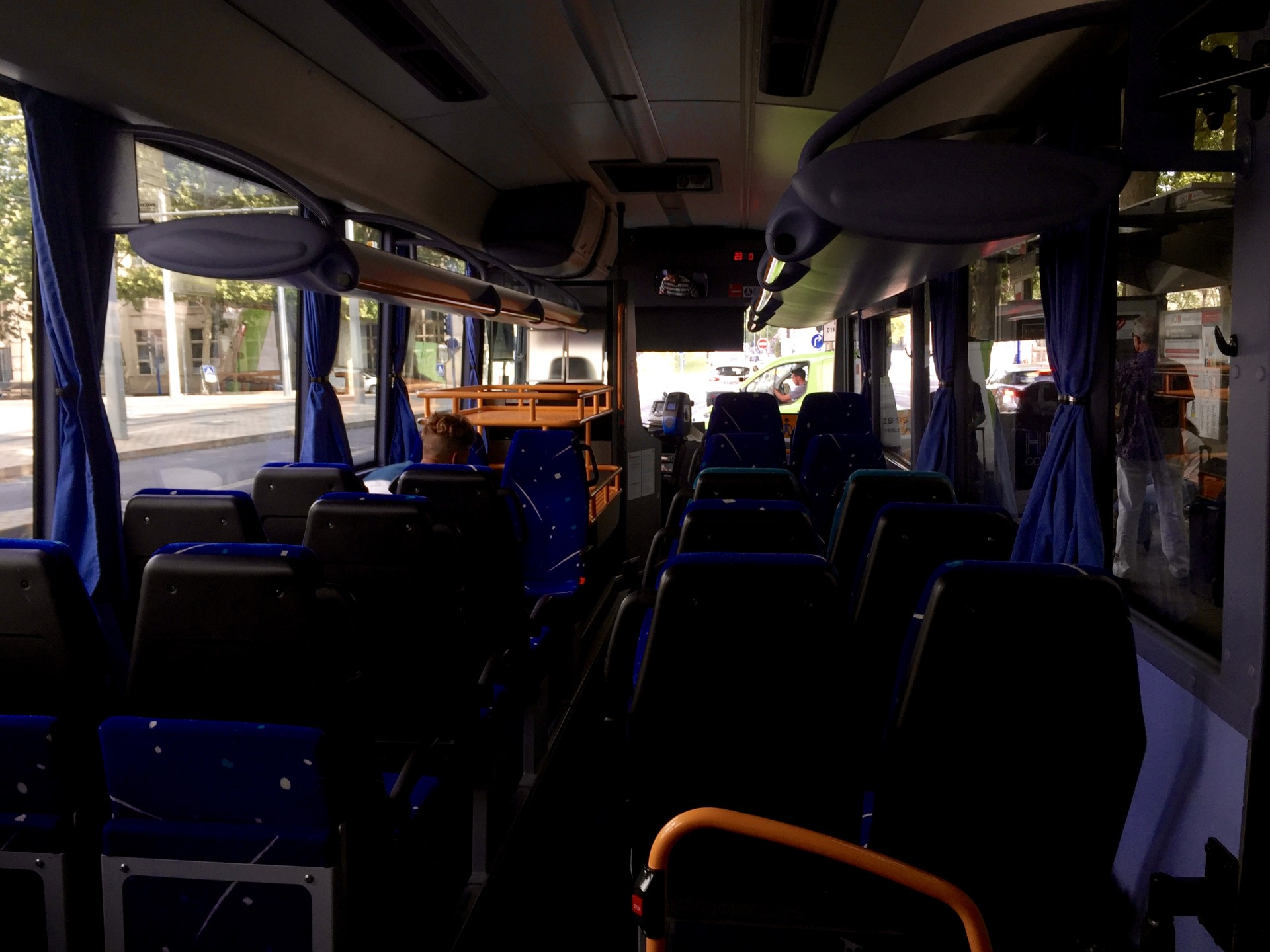
Think about food
Food is another thing that all travellers will need to think about: after all, there’s no better way to work up an appetite than by walking around a city! Decide before your trip whether you want to eat out a lot, or whether you’d prefer to save your pennies and cook for yourself. If you go for the former option, be sure to find out which cafés and restaurants get the best reviews.
Decide if you want to engage in any tourist activities
Finally, have a think about whether you want to engage in any tourist activities during your trip: I’m talking hot air balloon rides, snorkelling, ghost tours, etc. If you’re up for an adventure, by all means get out there and try something new, but once again, be sure to steer clear of tourist traps. If something seems unreasonably expensive, it probably is, so do your research, read customer reviews, and try to dig out the best deals.
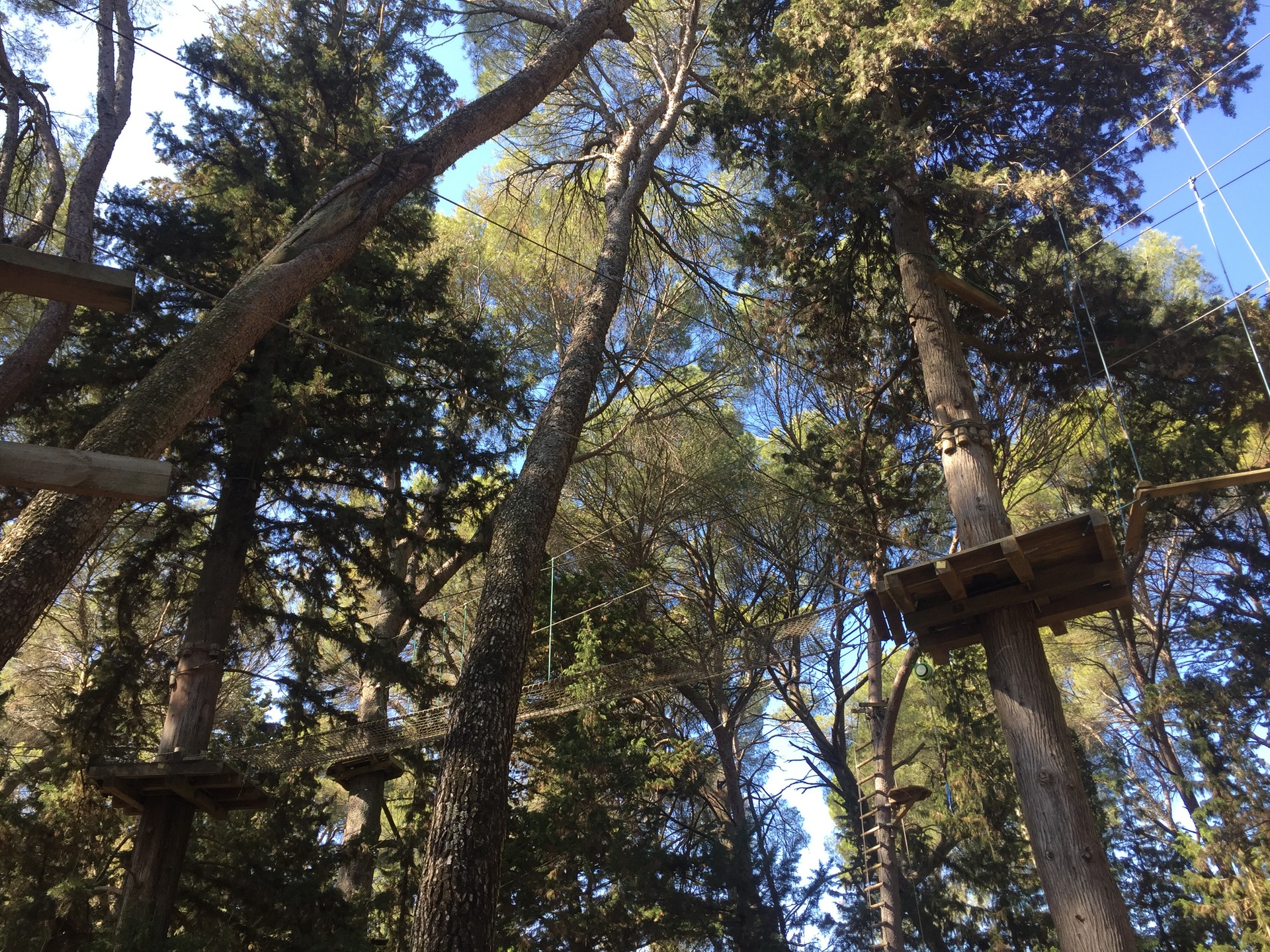
Make a list and prioritise certain places or activities
Now that you’ve taken everything into account, it’s time to start drawing up your to-do list! Gather everything together into one document or notebook, and get sorting through all the sightseeing and dining spots that have jumped out at you during the research stage. Think about which places you’d be most disappointed to miss, highlight these, and arrange to check them out as soon as possible after touching down. You should be able to fit everything in, but it’s always worth planning for the worst, just in case something unexpected happens, and you end up with less time on your hands.
Locate everything on a map
Once you’ve worked out which attractions you’re going to be visiting, it’s time to locate them all on a map. Doing this will give you a better idea of which landmarks are close to each other and will help you to organise your sightseeing into different time blocks. You may find that one or two sights are a lot further out than you expected, so arrange transport accordingly, or think about missing them off your list.
Choose accommodation wisely
Central accommodation tends to be the most expensive, but it is usually worth the extra cost. If, while plotting your route around town, you find that a lot of sights are bunched together, consider using this area as a base. Not only will you free up a lot of time (which you would otherwise have spent sitting on public transport), but also, you’ll likely be a lot closer to the city’s main shops, restaurants, and nightclubs.
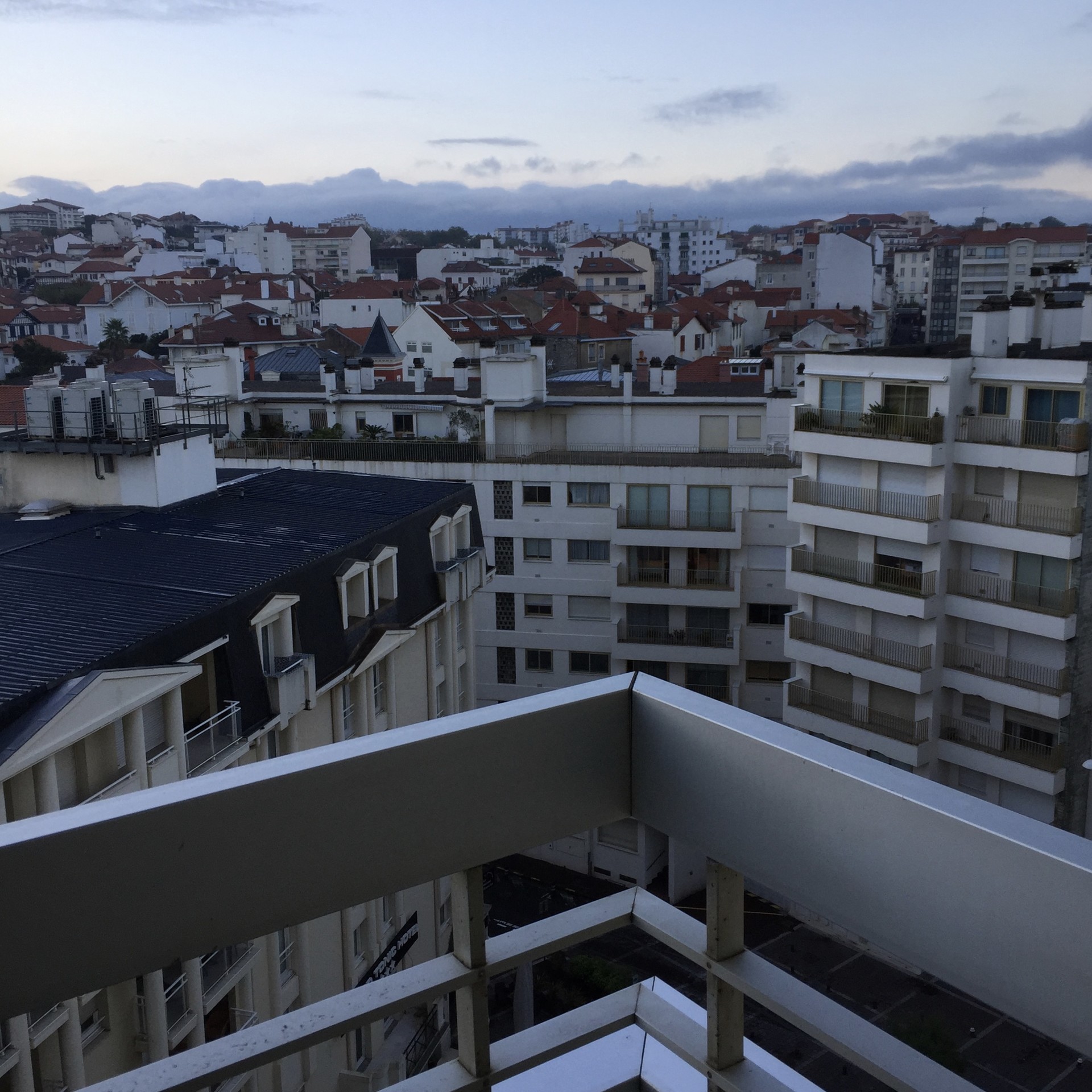
Find out which other towns and cities are nearby
Whenever I plan a trip to a big city, I always try to find out if there are any other towns in the vicinity that are worth visiting. If I discover that there are (and this happens more often than not), I’ll usually stick a few day trips into my schedule. When I was in Genoa a few years ago, for example, I spent some time visiting Cinque Terre, and next week – when I’ll be staying in Izmir – I’m planning on catching a train to nearby Ephesus.
Book things in advance
There’s nothing worse than planning an activity, rocking up to the venue and discovering that there are no free slots left, so start making any necessary reservations as soon as you’ve confirmed your travel dates. It’s worth doing this with things like train tickets, too, as you’ll often be able to snap up early bird offers this way.
Create a backup copy of your to-do list
It’s all very well perfecting your travel plans, but what happens if you leave your itinerary at home, or your phone dies on you halfway while you’re out and about? Avoid these devastating nightmares by creating backups of any to-do lists you create. A few extra minutes of screenshotting, photographing, or photocopying before your trip could save you an awful lot of time and stress later on. (Oh, and make sure to pack a portable phone charger!)
Be open to changes of plan
In general, the more organising you do before your trip, the better. However, you could lose all your luggage and have to devote lots of time to retrieving it, or – thinking more positively now – you could meet the love of your life, and be whisked off to an island hundreds of miles away from your original destination. In other words – and this is especially the case when you’re travelling – you never know what might happen. By all means make lots of plans, but always be open to tweaking them. Quite often it’s those spontaneous moments that end up being the most memorable!
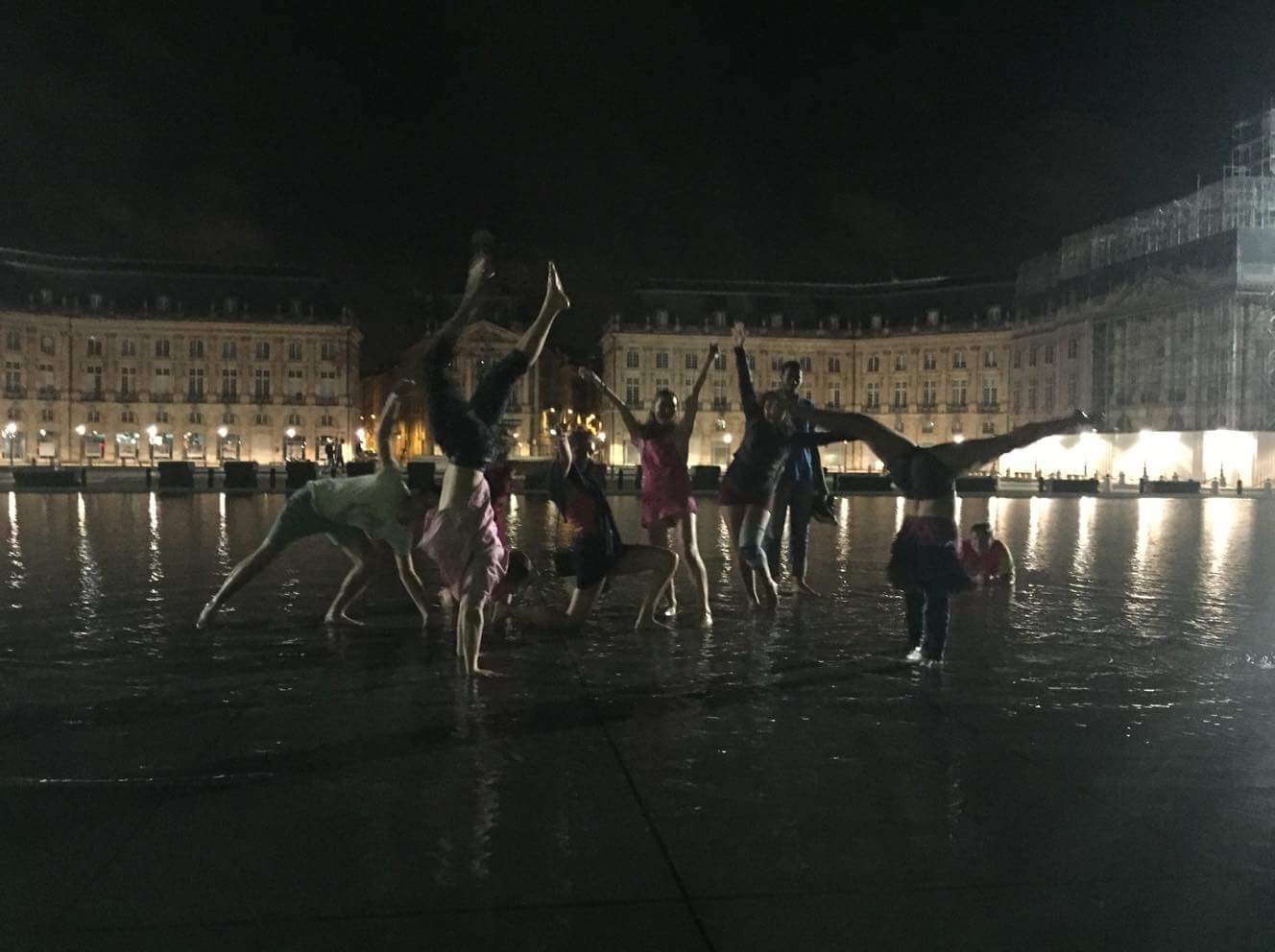
Safe travels!
So, there we have it: my tips for creating the perfect travel itinerary! Good luck making all your arrangements, and don’t worry too much if you don’t manage to get everything sorted in time: a lot of people wing entire holidays and have an absolute blast. Plus, as the old saying goes, the best things in life happen unexpectedly!
Photo gallery
Content available in other languages
- Français: Comment créer l'itinéraire de voyage parfait ?
- Français: Comment créer l'itinéraire de voyage parfait ?
- Español: Cómo crear el itinerario de viaje perfecto
- Italiano: Come creare l'itinerario perfetto
- Polski: Jak stworzyć perfekcyjny plan podróży
- Português: Como criar o itinerário de viagem perfeito
Want to have your own Erasmus blog?
If you are experiencing living abroad, you're an avid traveller or want to promote the city where you live... create your own blog and share your adventures!
I want to create my Erasmus blog! →










Comments (1 comments)
Very useful and informative post
Ghani Blog
Steel and Iron Works
Pharmaceutical Machinery
Heavy Machinery
Car Rental
IT solutions
Engineering works
Real Estate Developers